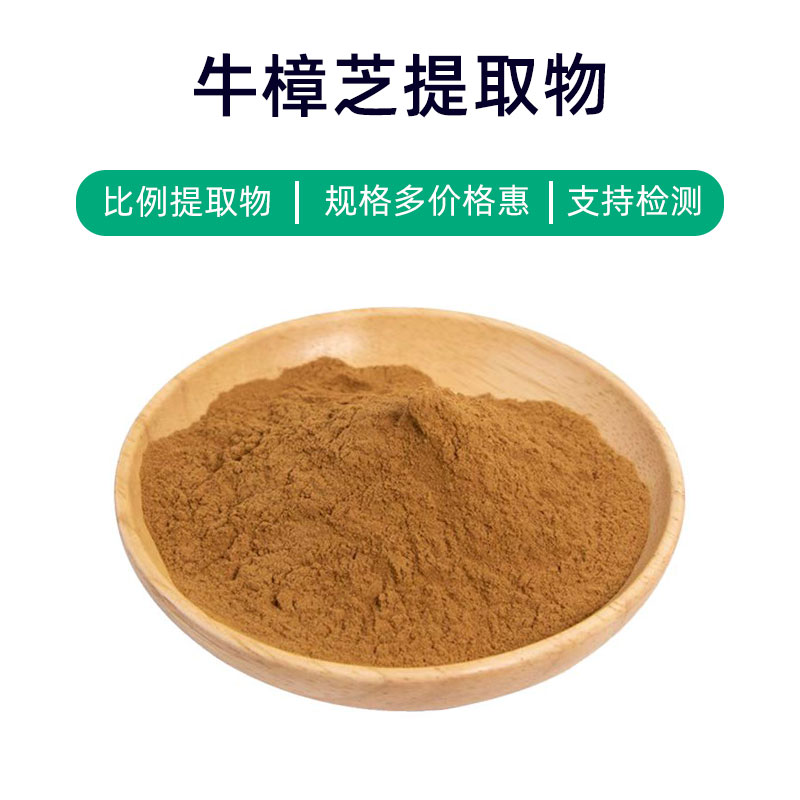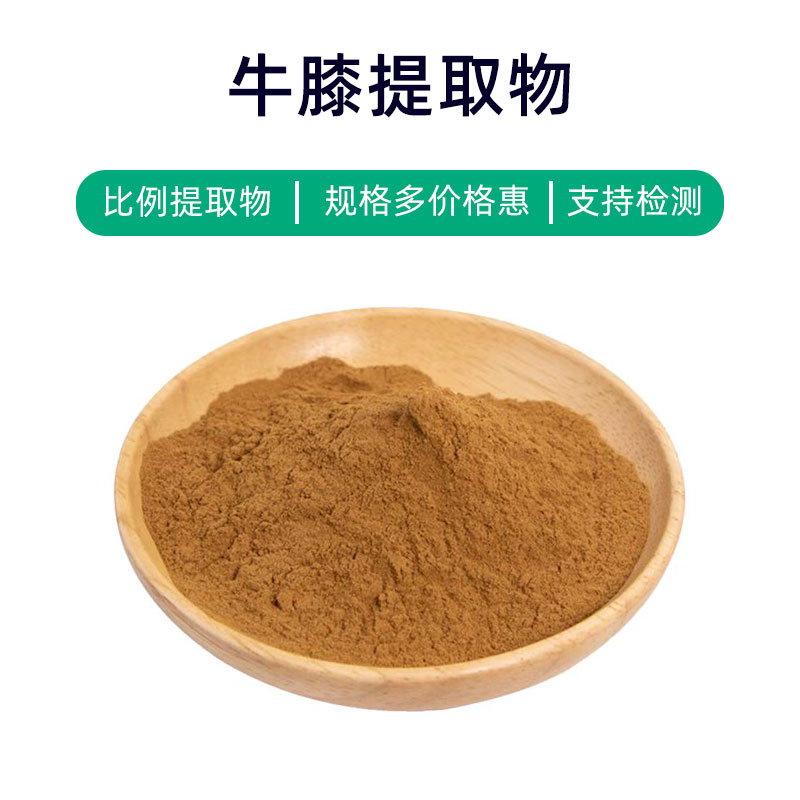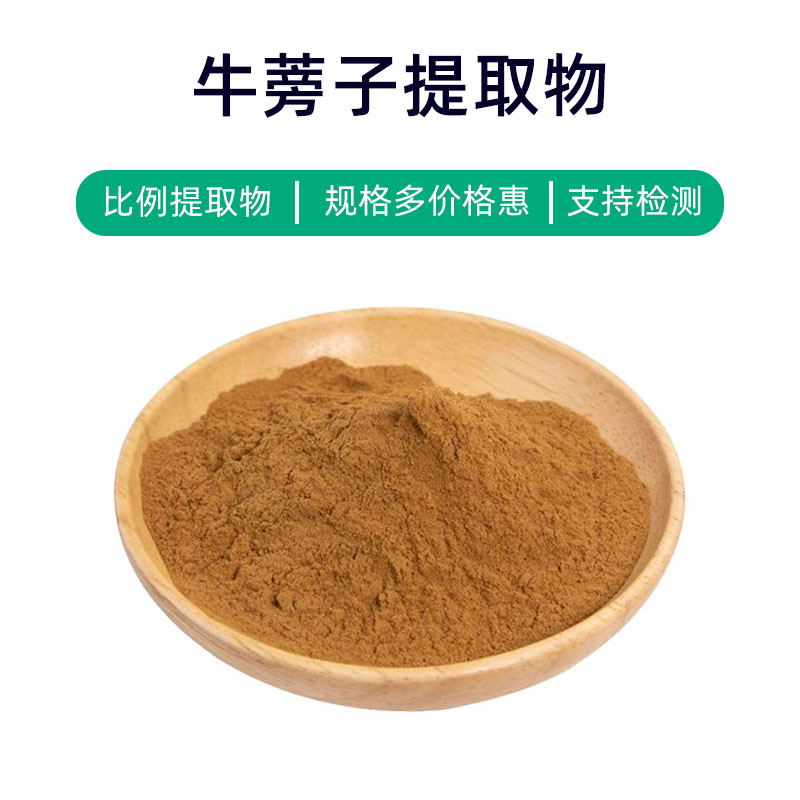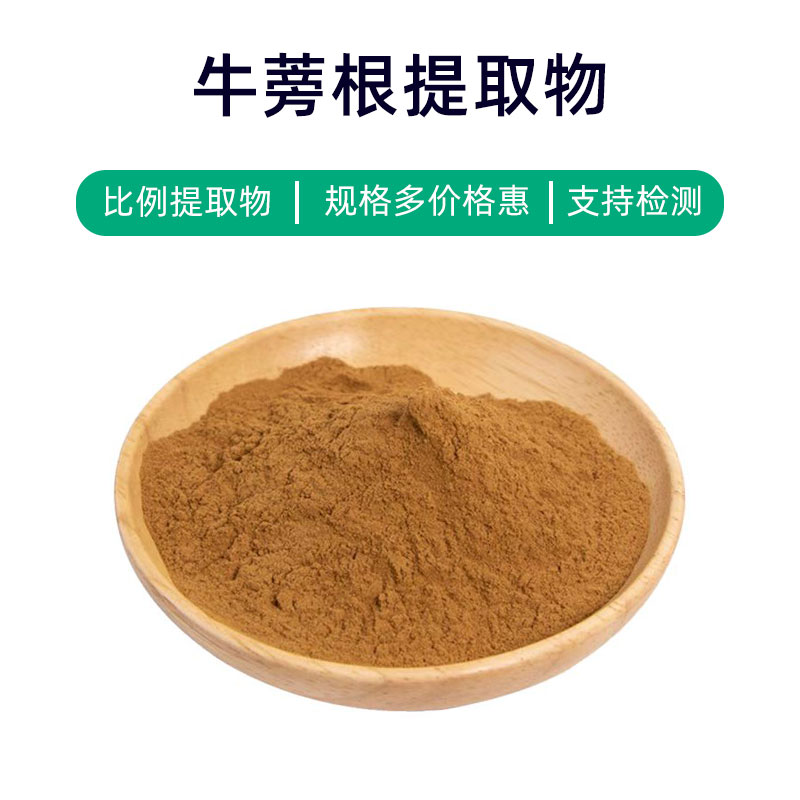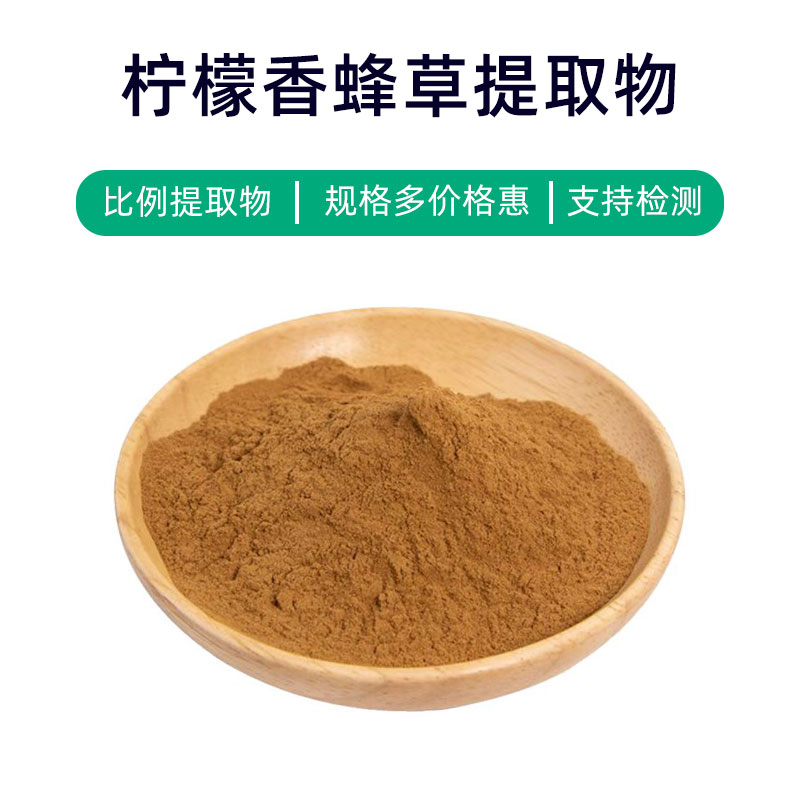Introduction to Forsythiae Fructus Extract
Forsythiae Fructus Extract is a natural plant extract derived from the fruit of the Forsythia plant, primarily containing forsythoside and quercetin. It is widely utilized in the fields of medicine, health supplements, and cosmetics.
Main Benefits:
- Anti-inflammatory and Antibacterial: Forsythiae Fructus Extract has significant anti-inflammatory and antibacterial properties and can be used to treat infectious diseases such as colds and pharyngitis.
- Clearing Heat and Detoxifying: Traditionally used to clear heat and detoxify, it helps relieve symptoms such as heat stroke and fever.
- Antioxidant: Rich in components like quercetin, it has antioxidant properties that help delay skin aging and maintain skin health.
- Immune Regulation: Forsythiae Fructus Extract can regulate immune system functions, enhancing the body’s resistance and aiding in the prevention of infections and diseases.
Major Applications:
- Pharmaceuticals: Commonly used to prepare cold remedies, pharyngitis medications, etc., with functions of clearing heat and detoxification and exhibiting anti-inflammatory and antibacterial effects.
- Health Supplements: Often used as a raw material in health products for immune regulation, antioxidant effects, and improving physical health.
- Cosmetics: Added to skincare products, it provides antioxidant and anti-aging benefits and is commonly found in creams, masks, and various skincare products.
Manufacturing Process of Forsythiae Fructus Extract
The production process of Forsythiae Fructus Extract generally includes the following steps:
- Raw Material Collection: Selecting mature Forsythia fruits as extraction materials, ensuring they are free from pests and diseases and of good quality.
- Cleaning: Wash the collected Forsythia fruits to remove surface impurities and dirt, ensuring the purity of the extract.
- Crushing and Pulverizing: Crush and grind the cleaned Forsythia fruits to increase extraction efficiency.
- Extraction: Use appropriate solvents (such as ethanol or water) to extract from the crushed Forsythia fruits, typically using steeping or cycling extraction methods while controlling time and temperature within suitable ranges.
- Filtration and Concentration: Filter the extract to remove solid particles, then evaporate or concentrate the solvent from the extract to obtain the concentrated Forsythia extract.
- Drying: Dry the concentrated Forsythia extract to remove residual moisture, resulting in a powdered form.
- Pulverizing and Screening: Further grind and screen the dried extract to ensure uniform and fine product particles.
- Packaging: Package the pulverized extract according to specified packaging standards, usually using sealed packaging to prevent moisture and oxygen ingress, ensuring product quality and stability.
This is a general production process for Forsythiae Fructus Extract, and each manufacturer may adjust and improve based on specific conditions.
Efficacy and Side Effects of Forsythiae Fructus Extract
Forsythiae Fructus Extract is a common traditional Chinese medicine with various benefits and effects:
- Anti-inflammatory Effect: Rich in bioactive components, it has clear anti-inflammatory properties, useful for treating colds, pharyngitis, and other inflammatory diseases.
- Clearing Heat and Detoxifying: It possesses the ability to cleanse heat and detoxify, beneficial for treating symptoms related to heat toxin diseases and painful swellings.
- Antibacterial and Anti-inflammatory: It has inhibitory and killing effects on various bacteria, viruses, and fungi, serving to treat skin infections and oral ulcers.
- Antioxidant: Rich in polyphenolic compounds, it exhibits strong antioxidant properties that help expunge free radicals from the body and delay aging.
- Anti-tumor: Some studies indicate that active components in Forsythiae Fructus Extract have anti-tumor effects, inhibiting the proliferation and metastasis of tumor cells.
- Muscle Relaxation and Blood Circulation: It can relax muscles and promote blood circulation, providing relief for conditions like rheumatism and arthritis.
- Immune Regulation: It adjusts immune function, enhancing resistance to help prevent and treat various immunological diseases.
- Blood Pressure Reduction: Some studies show it has blood pressure-lowering effects, assisting in the treatment of hypertension.
- Digestive Improvement: It protects the gastrointestinal tract and improves digestive function, alleviating symptoms like indigestion and gastritis.
Despite the wide range of benefits, users should keep the following points in mind:
- Dosage: Use as recommended by a doctor or pharmacist; avoid excessive or prolonged usage.
- Individual Differences: Reactions to Forsythiae Fructus Extract can vary; some individuals may experience allergies or adverse reactions, so caution is advised.
- Contraindications: Avoid use in individuals allergic to Forsythiae Fructus Extract; special populations such as pregnant women, nursing mothers, and infants should consult a doctor before use.
- Drug Interactions: Forsythiae Fructus Extract may interact with certain medications, affecting their efficacy; care should be taken to avoid concurrent use with other drugs.
Application Scenarios and Dosage of Forsythiae Fructus Extract
Forsythiae Fructus Extract is widely used in pharmaceuticals, food, and cosmetics, with applications and dosages as follows:
- Pharmaceutical Applications: In medicine, it is frequently used to treat colds, pharyngitis, tonsillitis, and oral ulcers. The common administration methods are oral or topical.
- Oral: Typically prepared as liquid, capsules, or tablets, with a standard dosage for adults being 3-6 grams per dose, taken 2-3 times a day. Children's doses should be reduced accordingly.
- Topical: Can be used in topical patches or mouthwashes for oral ulcers, applied to affected areas 2-3 times a day.
- Food Applications: In the food industry, Forsythiae Fructus Extract is primarily used as a food additive for flavor, aroma enhancement, and preservation. It is typically added in the form of an extract or concentrate, with usage based on need, generally at 0.01%-0.1% of the total food quantity.
- Cosmetic Applications: In cosmetics, it serves as a moisturizing, antioxidant, and anti-inflammatory agent, suitable for creams, lotions, masks, and shampoos.
- Creams/Lotions: Generally added at 0.5%-2% of the total product volume for moisturizing and soothing effects.
- Masks: For each use, apply about 10-20 milliliters evenly on the face, leave for 15-20 minutes, then rinse off.
- Shampoos: Use an appropriate amount, massage the scalp, and rinse with clean water to improve dandruff issues.
- Precautions:
- Conduct a skin sensitivity test before use to avoid allergic reactions.
- For medical applications, it is recommended to use under the guidance of a healthcare professional and adhere strictly to dosage instructions.
- Ensure compliance with relevant regulatory standards for food and cosmetics to ensure safe usage.
In summary, Forsythiae Fructus Extract has significant applications in medicine, food, and cosmetics, and its use should be carefully tailored to specific needs, with attention to dosage and safety.
Botanical Introduction, Distribution, and Growth Environment of Forsythiae Fructus
Forsythia (scientific name: Lonicera japonica Thunb.), also known as Japanese honeysuckle, is a common perennial climbing shrub belonging to the Caprifoliaceae family. The following details outline the botanical introduction, distribution, and growth environment of the plant from which Forsythiae Fructus Extract is derived:
- Plant Introduction:
Forsythia is an evergreen or semi-evergreen woody plant with a climbing or bushy form. Its stems are square-shaped and sometimes narrow and elongated, with clustered fine roots. The leaves are opposite, oval or ovate-lanceolate, deep green on the upper side, and lighter on the underside. The flowers are white or pale yellow and may have a strong fragrance, typically flowering from spring to summer. - Distribution:
Forsythia is native to China and primarily found in regions south of the Yangtze River, including South China, East China, and Central China. Additionally, it is widely distributed in other parts of Asia, such as Japan, Korea, and Vietnam. In China, Forsythia is commonly seen on hillsides, riverbanks, forest edges, and in shrublands, making it a prevalent wild plant. - Growth Environment:
Forsythia prefers warm, humid climates and ample sunlight, thriving in fertile, loose, and well-drained soils. It is not overly specific about soil conditions and has a strong cold tolerance. It typically grows in mountainous, hilly areas, forest edges, riverbanks, and alongside roads, favoring to climb on trees, fences, or rocks. - Growth Habits:
Forsythia is cold, drought, and shade-tolerant, growing rapidly and showing a strong adaptability. It can quickly cover supports or trees, forming a dense green barrier and is often used as an ornamental or landscaping plant. Under suitable growth conditions, Forsythia can thrive vigorously and is relatively resistant to pests and diseases, making it a plant that is easy to cultivate and manage.
In summary, Forsythia is a common wild plant mainly distributed in China and East Asia, favoring warm and humid climates with abundant sunlight and well-drained soils. It exhibits strong growth and adaptability and is commonly employed as an ornamental and medicinal plant.
Processing and Storage of Forsythiae Fructus Extract
The processing of Forsythiae Fructus Extract generally involves several steps: first, using appropriate extraction methods such as water extraction, ethanolic extraction, or supercritical fluid extraction to isolate the target components; then, through filtration, concentration, crystallization, and other procedures, the extract is produced; finally, drying is conducted to ensure its stability and longevity.
For storage, Forsythiae Fructus Extract should be kept in a cool, dry, and well-ventilated area, avoiding direct sunlight and high-temperature environments. Sealed containers can be used for packaging to prevent air and moisture intrusion. Regular checks on the quality and condition of the extract are recommended to ensure it has not been contaminated or deteriorated.
Monica Sun is a seasoned expert in the plant extraction industry with over a decade of experience in research and production. She specializes in the extraction and purification of plant active ingredients, focusing on driving innovation in natural product applications. Monica has participated in the development of multiple functional plant extracts, delivering high-value natural raw material solutions for the health food, pharmaceutical, and dietary supplement sectors.









